The right of citizens of the United States to vote shall not be denied or abridged by the United States or by any State on account of sex.
Congress shall have power to enforce this article by appropriate legislation.
The nineteenth amendment to the Constitution of the United States was proposed to the legislatures of the several States by the Sixty-sixth Congress, on the 4th of June, 1919, and was declared, in a proclamation of the Secretary of State, dated the 26th of August, 1920, to have been ratified by the legislatures of 36 of the 48 States. The dates of ratification were: Illinois, June 10, 1919 (and that State readopted its resolution of ratification June 17, 1919); Michigan, June 10, 1919; Wisconsin, June 10, 1919; Kansas, June 16, 1919; New York, June 16, 1919; Ohio, June 16, 1919; Pennsylvania, June 24, 1919; Massachusetts, June 25, 1919; Texas, June 28, 1919; Iowa, July 2, 1919; Missouri, July 3, 1919; Arkansas, July 28, 1919; Montana, August 2, 1919; Nebraska, August 2, 1919; Minnesota, September 8, 1919; New Hampshire, September 10, 1919; Utah, October 2, 1919; California, November 1, 1919; Maine, November 5, 1919; North Dakota, December 1, 1919; South Dakota, December 4, 1919; Colorado, December 15, 1919; Kentucky, January 6, 1920; Rhode Island, January 6, 1920; Oregon, January 13, 1920; Indiana, January 16, 1920; Wyoming, January 27, 1920; Nevada, February 7, 1920; New Jersey, February 9, 1920; Idaho, February 11, 1920; Arizona, February 12, 1920; New Mexico, February 21, 1920; Oklahoma, February 28, 1920; West Virginia, March 10, 1920; Washington, March 22, 1920; Tennessee, August 18, 1920. Ratification was completed on August 18, 1920. The amendment was subsequently ratified by Connecticut on September 14, 1920 (and that State reaffirmed on September 21, 1920); Vermont, February 8, 1921; Delaware, March 6, 1923 (after having rejected it on June 2, 1920); Maryland, March 29, 1941 (after having rejected it on February 24, 1920, ratification certified on February 25, 1958); Virginia, February 21, 1952 (after having rejected it on February 12, 1920); Alabama, September 8, 1953 (after having rejected it on September 22, 1919); Florida, May 13, 1969; South Carolina, July 1, 1969 (after having rejected it on January 28, 1920, ratification certified on August 22, 1973); Georgia, February 20, 1970 (after having rejected it on July 24, 1919); Louisiana, June 11, 1970 (after having rejected it on July 1, 1920); North Carolina, May 6, 1971; Mississippi, March 22, 1984 (after having rejected it on March 29, 1920).
Table of Contents Toggle
The 19th Amendment, ratified on August 18, 1920, granted the right to vote to American women. The struggle for women’s suffrage had been long and hard, dating back to before the Civil War. Amendment XIX was finally ratified on August 18, 1920. Thirty-six states were required to ratify the amendment for it to become law, and Tennessee was the last of the 36 to do so.
In the early years of the new United States, it was accepted by most men that women should be homemakers and mothers. Women did not need to concern themselves with politics, as American men were perfectly able to run the country.

In 1848, at the Seneca Falls Convention, the issue of women’s rights took its place on the national stage. Central to the demands outlined at this Convention was the call for votes for women. Three hundred people attended the Convention, including a few men sympathetic to the cause. Women’s Rights groups were formed across the country after this Convention. Many saw it as a call for action. Further conferences were held, speeches made, and the demand for women’s suffrage became a matter that could not be ignored.
The Civil War divided America, leaving misery and strife in its wake. Women campaigners turned their attention to war efforts in support of their respective sides.  Following the Civil War, the proposed Reconstruction Era 15th Amendment divided opinion among women’s rights activists. The 15th Amendment set out to enfranchise African American men. Some women’s rights campaigners wanted to press for women’s voting rights to be included. Others thought the amendment might fall if that was proposed. Once the 15th Amendment was passed – without reference to voting rights for women – and the Civil War ended, women campaigners, such as Elizabeth Cady Stanton and Susan B Anthony, picked up their banners again.
Following the Civil War, the proposed Reconstruction Era 15th Amendment divided opinion among women’s rights activists. The 15th Amendment set out to enfranchise African American men. Some women’s rights campaigners wanted to press for women’s voting rights to be included. Others thought the amendment might fall if that was proposed. Once the 15th Amendment was passed – without reference to voting rights for women – and the Civil War ended, women campaigners, such as Elizabeth Cady Stanton and Susan B Anthony, picked up their banners again. 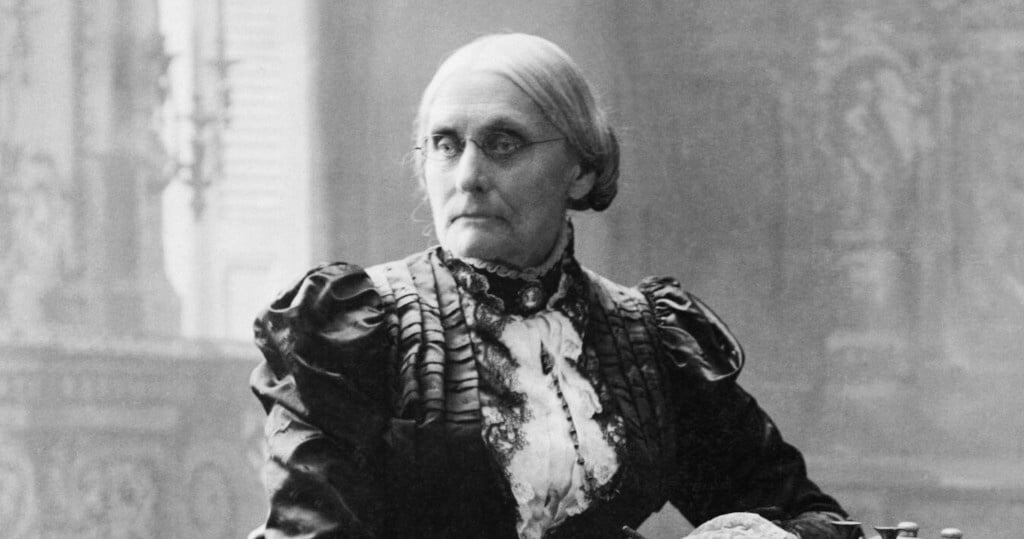 Two organizations were formed to push for voting rights. These were the National Woman Suffrage Association (NWSA) and the American Woman Suffrage Association (AWSA).
Two organizations were formed to push for voting rights. These were the National Woman Suffrage Association (NWSA) and the American Woman Suffrage Association (AWSA).
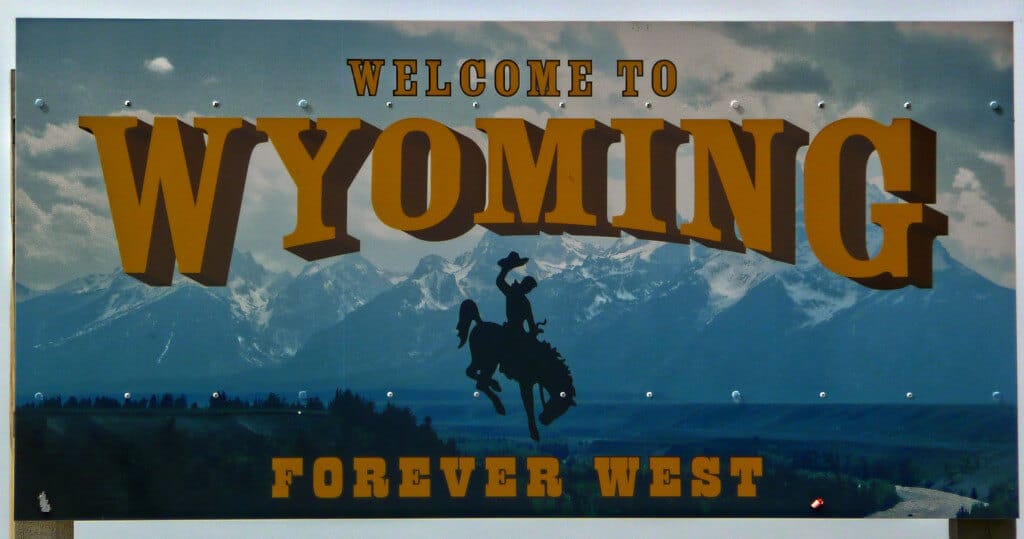
One early success came in 1869, when Wyoming Territory gave female residents 21 and over the right to vote. Despite attempting to pass an amendment to the United States Constitution failing in 1886, Wyoming retained votes for women as part of its Constitution when it became a state in 1890. As a result, Wyoming is still known as the Equality State. Before the turn of the century, Idaho, Utah, and Colorado amended their Constitutions to grant women voting rights. This led the new National American Woman Suffrage Association (NAWSA) to adopt tactics meant to persuade individual states to introduce women’s suffrage. Sixteen more states did so before 1918.
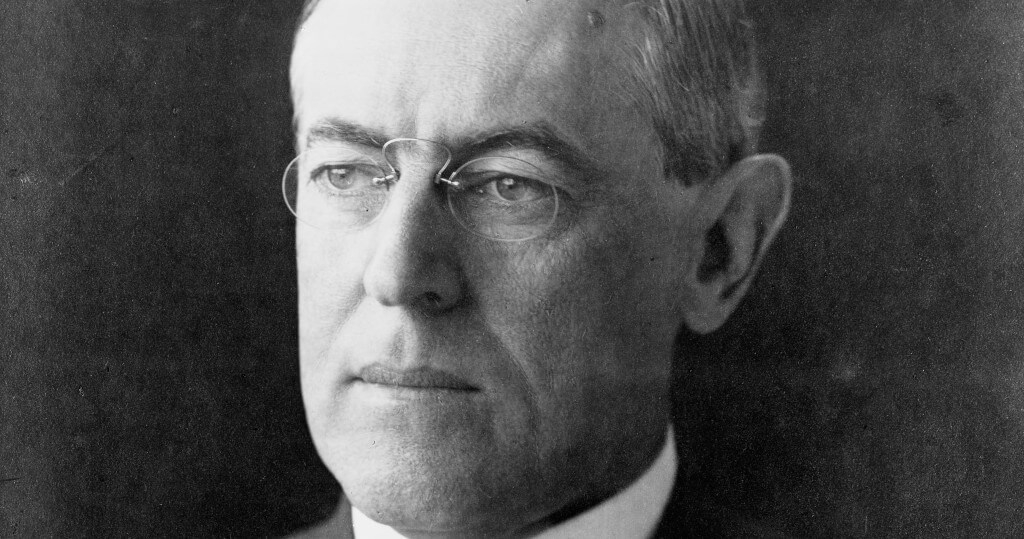 President Woodrow Wilson" width="1024" height="539" />
President Woodrow Wilson" width="1024" height="539" />
The aim, though, was to get the amendment passed that would guarantee votes for women on a national level. Marches were held, more speeches were made, and a massive parade took place in Washington DC the day before President Woodrow Wilson’s inauguration. President Wilson initially opposed votes for women, but after World War I, he changed his mind due to the role women had played in securing victory over Germany. After an unsuccessful attempt in 1918, the 19th Amendment finally passed through Congress in 1919. It depended on ratification by 36 states for the amendment to become a part of the Constitution.

Most Southern States were opposed to women having the vote, and by the summer of 1920, with 35 states having ratified, it was up to Tennessee whether the amendment would pass. The southern states that objected looked to Tennessee to stop the amendment. The legislature tied at 48 for and 48 against. A young Representative named Harry T Burn was the last to vote. It is rumored that he obeyed his mother and voted in favor of the amendment! The amendment was certified by the US Secretary of State on August 26, 1920, and women across the whole United States were able to vote.
Join the thousands of fellow patriots who rely on our 5-minute newsletter to stay informed on the key events and trends that shaped our nation's past and continue to shape its present.